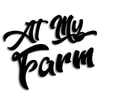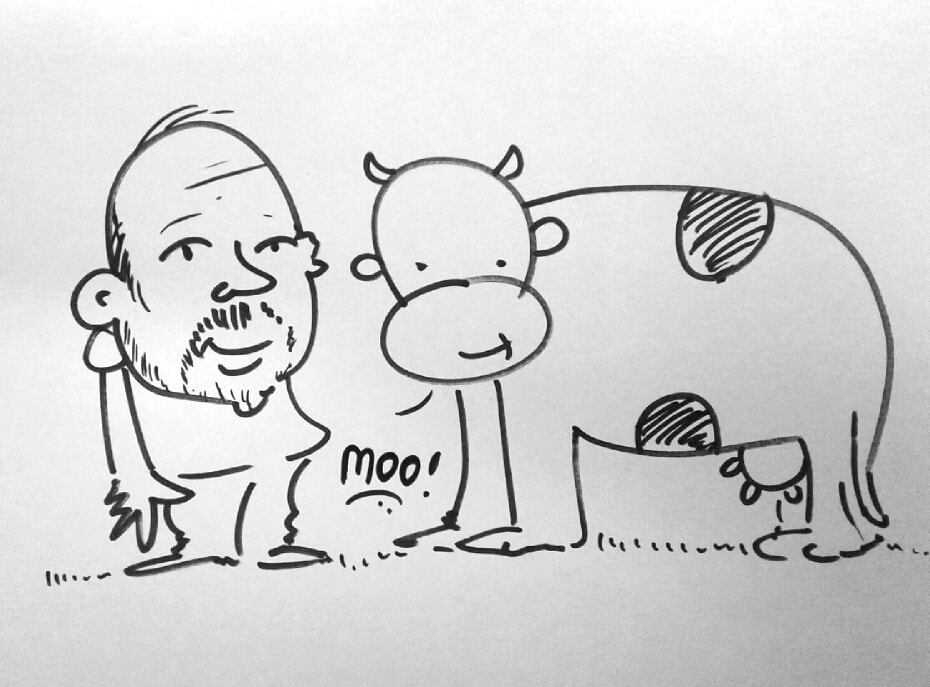|
What are the things that make a farming enterprise stable and profitable? How do you ensure economical success? To answer these questions I spoke my old mate Brian, a cattle farmer from the Lower South East. It's not and exhaustive list but there are many points to consider :
- Weather - Quality of workers, a good mix of experienced and up and coming - Worker welfare - Good prices for produce - Knowledge of changes in the market, what do consumers want? - Knowledge of resources available and how to best use them - Management style - Up to date knowledge of technology and scientific advances - Up to date knowledge of what other producers are doing - Membership in associations - Diversification and polyculture - Consumers awareness of the produce farmed - Economical production - Adherence to rules set out by associations and government - Availability of natural resources such as water
0 Comments
When starting any venture small or large it’s unwise to simply jump in and expect results. This is true for a large agricultural venture or something as small as your backyard veggie patch. While some aspects are obviously going to be different, there is of course much that is the same. In putting this article together I spent quite a bit of time talking to Craig and Steve. Steve’s area of expertise is in human resources while Craig has a mixed farm with both livestock and crops. Steve provided general management strategies and Craig provided insight into the setup and management of his farm. Any plan would start by taking stock of resources available. These resources are not just environmental, they also include human and social capital as well as financial capital. These resources largely define the boundaries of an integrated production plan. Tools, chemicals, feed, construction materials, machinery, irrigation, green waste etc are all valuable resources that should be noted. Gather measurements of usable space, soil quality, fence and shelter quality, natural shelter (e.g. trees), water quality and availability.
Also take stock of the human resources available such as staff, local contacts, wholesalers, retailers, banks feed suppliers, neighbouring farmers and their resources and enterprises. Goals, both short term and long term should be projected. In the case of pasture management, environmental sustainability and financial profit are high end goals. Developing diverse options for financial profit would also be a long term goal. How will the land be used? What crops and what rotation will occur? What options are available to make use of the land? Consider the term of the plan and the end result. How will the venture affect the land, how will it add to its value. How will it affect the lifestyle of the staff? What will be required to develop and employ sustainability? Following goal setting, expected costs and losses and also potential gains would then be considered. What expenses are considered absolute necessities and what are considered “wants” or bonuses. Define short term / initial expenses, long term expenses and ongoing expenses. List options for livestock and crops. research financial support and potential government grants. Explore compatibility between the livestock / crops and the resources available to support them. Explore business diversification such as agroforestry. An organisation and planning stage should next be implemented. Set up log books and record systems, timetables and daily/weekly/monthly tasks list. Define and implement other processes and work procedures including :
All guidelines and procedures should be reviewed periodically for effectiveness and modifications if necessary. Review success against initial goals and adjust production plan to address gaps between actual targets and achievements. |



